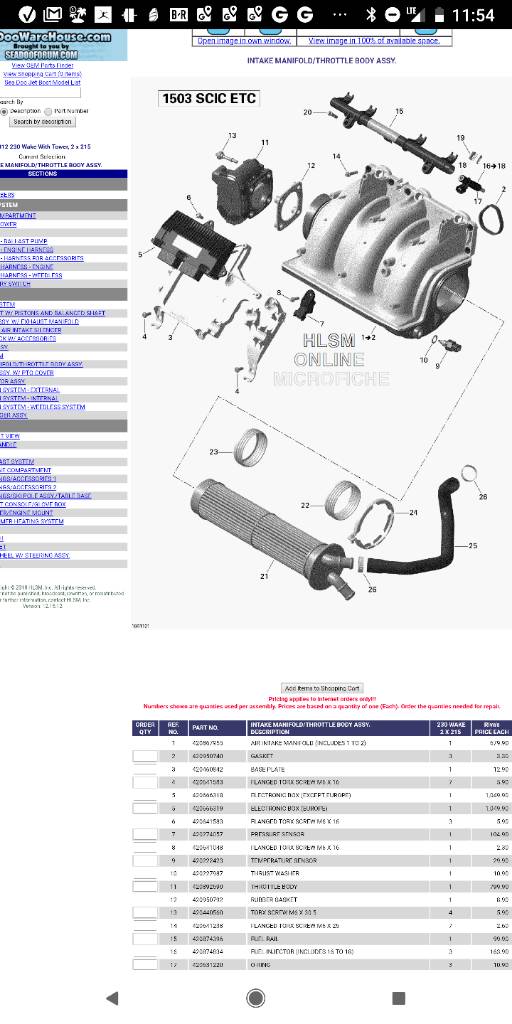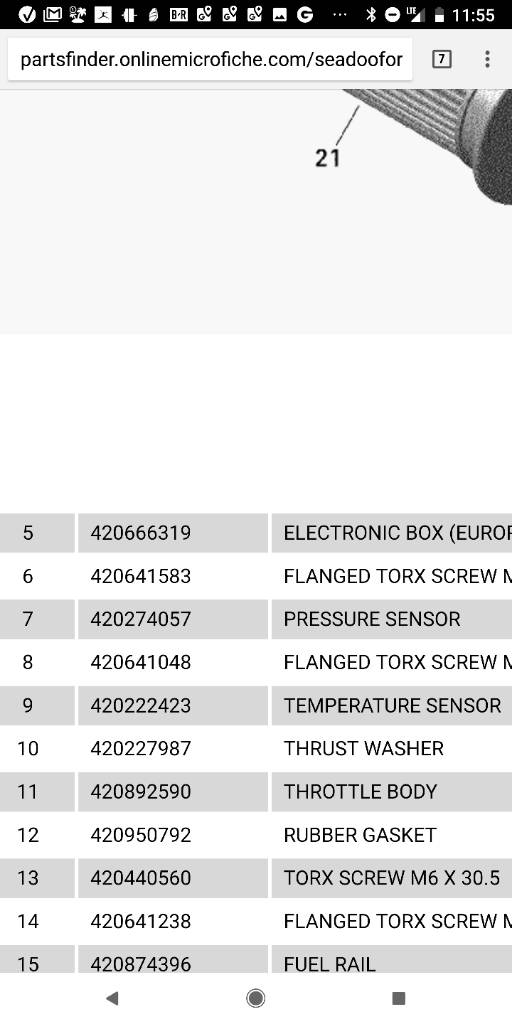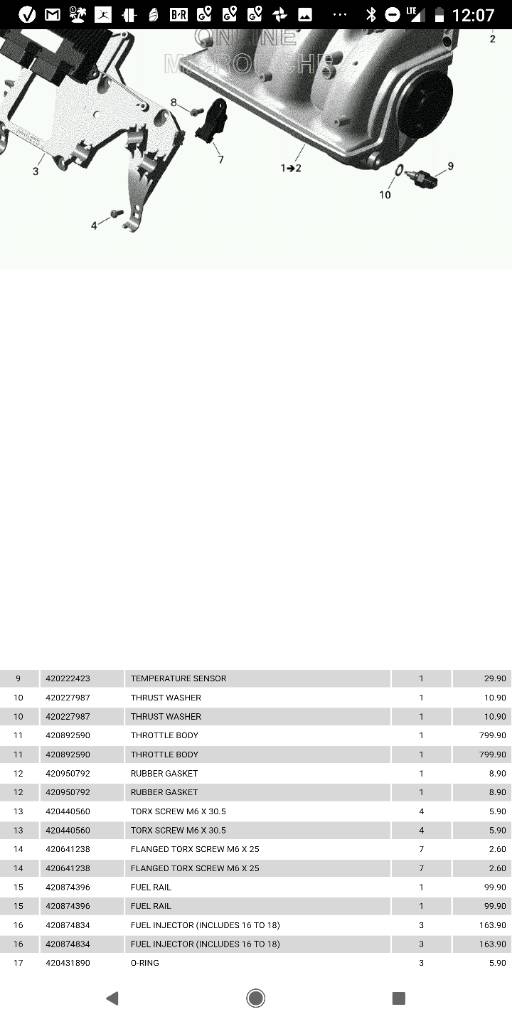Sorry for the long post, I just like to be very thorough, complete, and provide as much info to help you. If my post is too long, and feel like most of my stuff is unnecessary/irrelevant and, moving forward, keep it to myself of DM, please let me know, don't want to upset anyone. As what I presume to be a first time owner to operating a SC SeaDoo, feel like you could use some knowledge about your boat and some advice in making sure your boat stays just as amazing and awesome as when you first drive, with only a big smile on your face and no worries driving it!! Wish I had someone do the same, but the guys here are definitely super helpful and knowledgeable. That said, my degree(s) is (are) in engineering so, like you, I was super cautions and nervous operating my boat at first and the more I learned more about it, the more I just LOVED my boat and could quench my worries be able to enjoy the awesomeness that is SeaDoo! If you, or anyone, or worried about the SC, clutch, washers and how they work, and would like to a technical understanding how they work, I would be glad to message you privately and explain it to you. (I already wrote it all up and figured it would make my already long post unbearably long. But I just copied it to a word doc so not trouble to send it to anyone).
With my 5am rambling set aside and back to the post.
If you want to check the SC, before even pulling them on, there are a few things you can do. First off, during that event, if you didn't notice either any abnormal fluttering with the RPM needle, or surging (irrelevant power delivery not corresponding to RPM), then it is most likely NOT a SC related issue, or at least very unlikely to be due to the washer. If you experienced any of that, then possibly. Since I have the SE, with 2x 215 SC engines, it's a bit different for me as I can compare RPMs between them for any abnormal RPM flutters from the Tach needle and, if surges occur, it's more noticeable for me to feel the turning left or right as a result (highly unlikely both my SC would fail simultaneously and behave identically). But, even if it was the SC slipping (I can explain what that really means if you'd like), you have like the 5hrs of driving time to get it looked at and not so bad. The upgraded washer's, which you have, are the result of several iterations of washer design and materials and, more importantly, not ceramic so unlikely to experience a sudden catastrophic failure (Seriously, don't jump to catastrophic failure, it's REALLY REALLY unlikely to occur. You'd have to be insanely unlucky, something else messed up, terrible maintenance, or extremely reckless. Under normal usage, it's like getting struck by lightning, that unlikely).
Another trick, which I learned from a Sea-Doo tech who works on our boats, is you can grab the output hose that comes off the SC (should be easier to reach for you than me). You would do this with the engine off and squeeze the tube, getting a feel for it. With the engine on, squeeze that hose again, making sure to avoid touching anything else in the event anything is hot. If you can't squeeze the tube, then your SC is most likely fine and is engaged producing boost pressure. If you can squeeze it, then that means it isn't engaging. Again, if you'd like a better understanding how this tests works, let me know. Really want to ease your fears and understand why.
Furthermore, like the others have said, it doesn't sound like a SC related issue, especially since you could get full throttle later and had a normal day with no issues after that event. Could possibly be a spark plug and really easy to replace and inexpensive. But since your issue occurred right when you were launching at the docks, I'm thinking maybe some bad fuel. That said, when you noticed restricted throttle, did you rev the engines a bit trying again, cut the engine off to check things, turned the engine back on and everything was fine and able to go throttle? Or, when you turned the engine off and back on, still had throttle issues, but it eventually allowed you go full throttle? It could be just a stiff throttle body lever, which you eventually loosened up, which is fine. These engines are smart enough to sense things to help protect themselves. Personally, I would recommend that you don't really go full throttle right after launching the boat. Definitely give some time and drive around at up to ECO mode RPM for a few minutes (I usually wait 5-10min), before going full throttle. Like a car, it's good to let the oil warm up, circulate, and lubricate the engine and SC, and allow the engine to get up to operational temp. Like most cars, you can go full throttle right away, and won't notice a difference in performance, but if you drive a high performance car (I have a twin turbocharged BMW, but I've also driven other high performance cars and it's all the same), you'll notice a huge difference in performance characteristics between just after start up compared to letting the engine warm up. I see this because what classifies cars as high performance are the facts they their engines are some combination of high revving, boosted, tuned for power, and overall built for performance. We don't have normal boats, clearly. We have engines that are supercharged and revving up to 8K RPM, which really most high performance cars don't even go, and even if they do, they're red lining and stay there briefly before dropping, while our engines can stay indefinitely there. Besides demonstrating how cool the closed looping cooling system is, boat engines go through a lot more abuse with all the vibrations and variance of water load, so I like to treat my engines like my cars and use applicable methods between them, and then some appropriate for boats. Again, that's my personal stance. I know my BMW is a pain with dozens of computers and crazy sensitive and I know engine temp does effect throttle response and sensitivity for me, but not entire sure if it causes that much of an impact on the Rotax engine. But I like to err' on the side of precaution.






